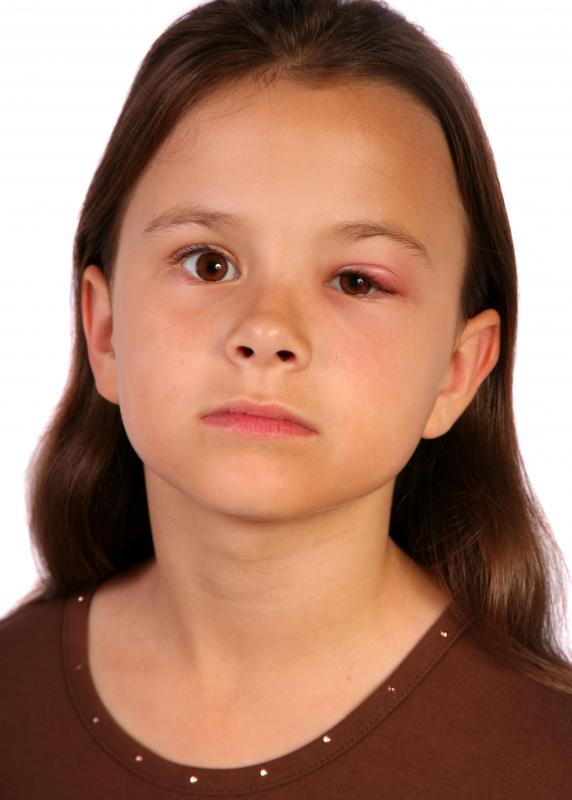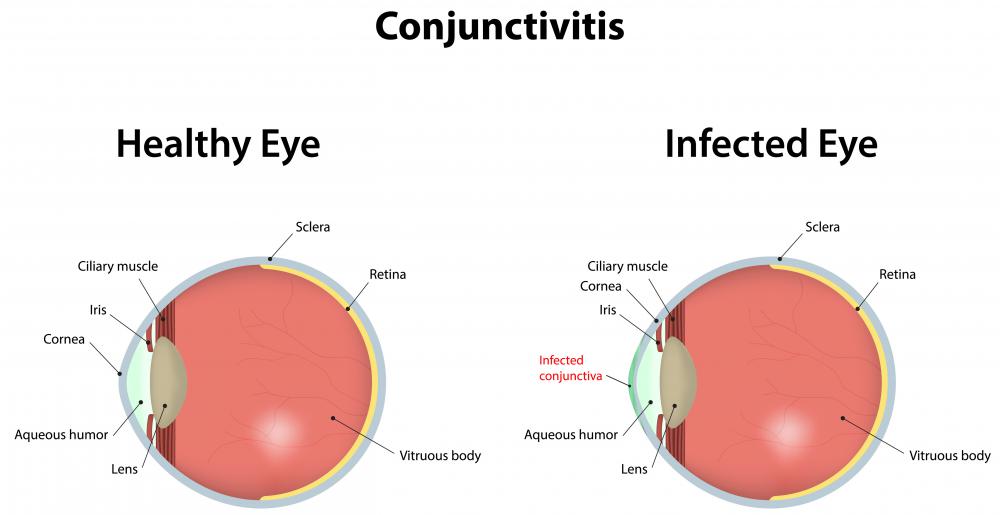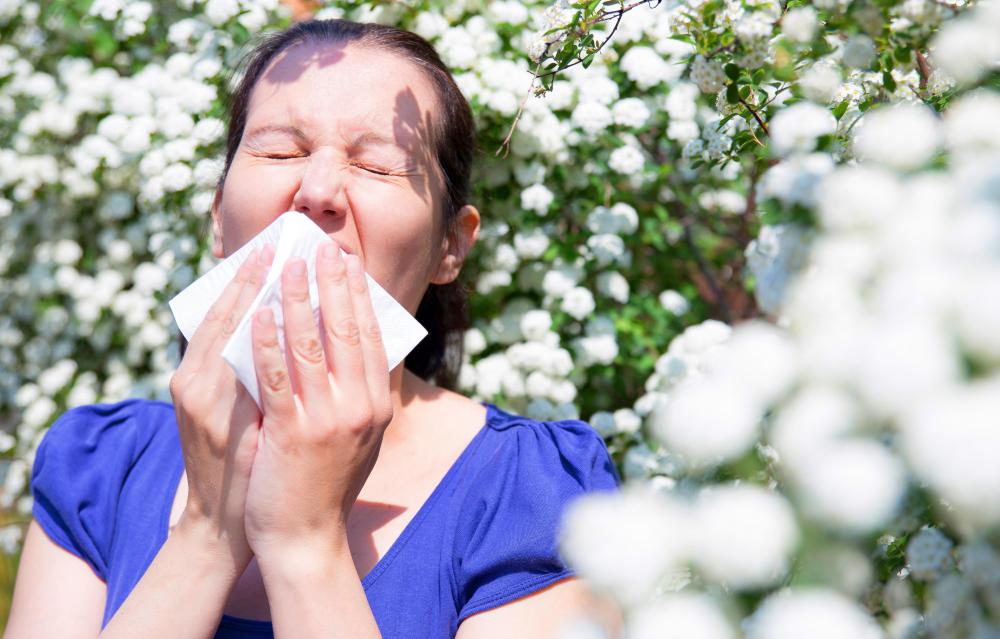At TheHealthBoard, we're committed to delivering accurate, trustworthy information. Our expert-authored content is rigorously fact-checked and sourced from credible authorities. Discover how we uphold the highest standards in providing you with reliable knowledge.
What is Conjunctivitis?
Conjunctivitis is more commonly referred to as pinkeye. In this condition, the material covering the white part of the eye and lining the inner parts of the eyelid, called the conjunctiva, becomes inflamed. This inflammation results in excessive tearing, pain, and itchiness.
The condition is most commonly caused by viral infection. It may also be caused by bacterial infection or allergies. There are rare causal factors in newborns and three to four week old infants.

In addition to tearing, those with conjunctivitis may find that their eyes excrete white or yellowish fluid. The person may find that, upon waking in the morning, his or her eyelashes have stuck together because of this fluid. The white part of the eye will seem red or pink, hence the term pinkeye.
Viral and bacterial conjunctivitis are very contagious, and since they most frequently occur in children, it is difficult to keep children from infecting both eyes. Generally, the infection starts in one eye, but since it can be painful and itchy, children often scratch the infected eye and then touch the unaffected eye. The condition tends to jump from one child to the next in school settings and in families with more than one child.

Children with viral or bacterial conjunctivitis should not attend school until they have been treated and are no longer considered contagious. Though frequent hand washing can help prevent its spread, it is not always feasible in a school setting. Viruses and bacteria can spread by one child touching the hand of another after touching his or her affected eye, or by an uninfected child coming into contact with surfaces, paper, or tissue that an infected child has touched.

In the home setting, a child with this condition should be more carefully watched to avoid further spreading the infection. It is a good idea to cover any soft surfaces which the child will encounter and put the stuffed animals away for a few days. Supporting hand washing, and observing the child closely to see if he or she is touching the affected eye, may reduce spread to other family members.

Common viruses like the yearly flu or simple colds may cause viral conjunctivitis. The presence of inflammation should be a sign to alert one’s physician, as in children, pinkeye can often signify ear or sinus infection. Treatment for both bacterial and viral forms are eye drops used two or three times a day. The bacterial type usually clears up a few days after treatment, but a viral illness can last for up to two weeks.

Bacterial conjunctivitis can result from preliminary viral conjunctivitis or may present alone. Common bacteria associated with pinkeye are streptococcus and staphylococcus. In rare cases, babies passing through the birth canal can contract gonorrhea or Chlamydia from an undiagnosed mother. This type is far more serious, as it can lead to permanent damage to the eyes. Conjunctivitis in a newborn should always be reported to a physician.

Three to four week old infants may also present with pinkeye when they have blocked tear ducts. If the condition persists, a brief surgery can open the tear ducts to give the eyes the ability to drain liquid. In most cases, blocked tear ducts do not require surgery and tear duct massage is employed daily to help decrease the blockage.
Conjunctivitis caused by allergies is fortunately not contagious, but a physician should still be consulted to determine that it is not of infectious origin. In most cases, treating the underlying symptoms and reducing exposure to known allergens treat this form of pinkeye. Doctors will probably prescribe antihistamines to reduce inflammation.

Allergic conjunctivitis recovery times depend upon the efficacy of the antihistamines and the ability to remove those afflicted from histamine provoking situations. Some with seasonal allergies put up with a little inflammation each year, which decreases as allergens in the air become less common.
AS FEATURED ON:
AS FEATURED ON:

















Discussion Comments
Conjunctivitis is miserable. Just ask NBC anchor Bob Costas, who got it after arriving in Sochi, Russia and was unable to work for a week or so.
I've had it a couple of times, and by far, the worst part was the intense itching. It can also come on fairly suddenly, and for me, the itching was the first sign something was wrong.
In adults, the itchiness is usually accompanied by thick, ropy mucus, and the temptation is always strong to get the mucus out.
I broke down and went to the eye doctor and got antibiotic/steroid drops. My eyes were better the next day.
Post your comments